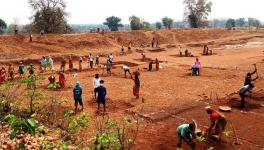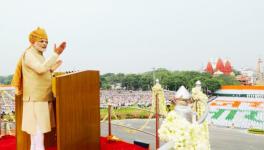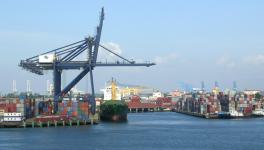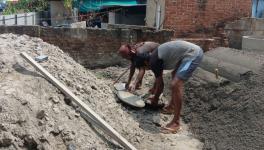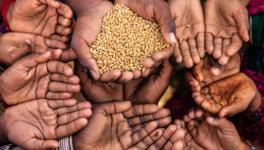Economist Ashoka Mody Flags Holes in India's Growth Story, Claims GDP Numbers are Wrong
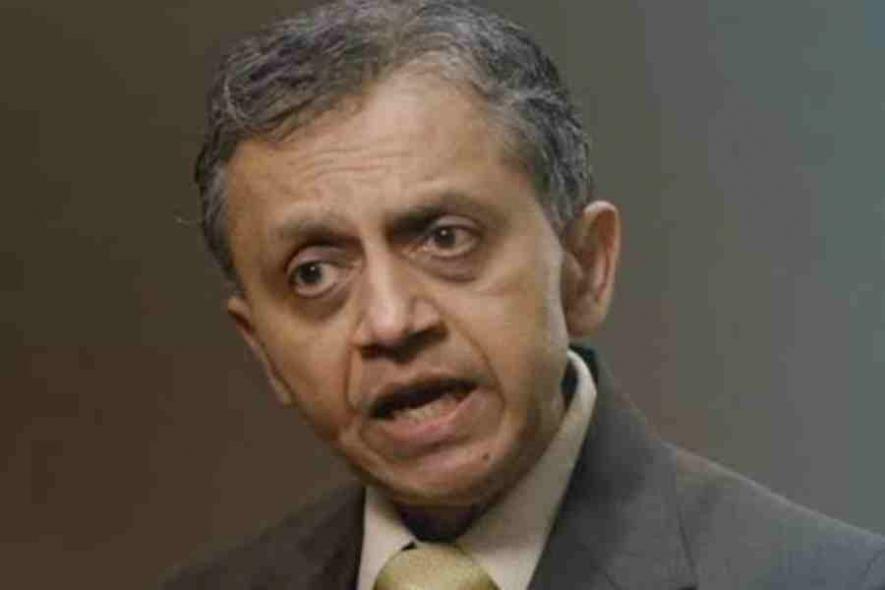
Image Courtesy: Twitter/@AzharZeeshan4
Ashoka Mody, an economist who is a visiting professor of economics at Princeton University, has flagged inaccuracies in India's growth numbers ahead of the G-20 meeting in Delhi, where the Central government is attempting to project India as one of the fastest-growing economies in the world.
As per Mody, the figure of the 7.8% GDP growth rate for the first quarter (April-June) of the financial year 2023-24 is inaccurate, and if correct calculations are applied to the data, it will come down to 4.5%.
Writing for Project Syndicate, Mody has claimed that the National Statistical Office did not adhere to the international best practice while correcting discrepancies in its official data on income and expenditure.
"Normally an innocuous reporting convention in national accounts, the discrepancy is the difference between domestic income (earned by producing goods and services) and expenditure (what residents and foreigners pay when buying those goods and services). In principle, expenditure should equal income earner because producers can earn incomes only when others buy their output. In practice, however, estimates of income and expenditure differ in national accounts everywhere because they are based on imperfect data," Mody writes.
The discrepancy comes into the picture when the two series (income and expenditure) show different trends.
As per Mody, the Indian National Statistical Officer's latest report notes that the income from production in India increased at an annual rate of 7.8% in the first quarter, whereas the expenditure rate was only 1.4%. In countries such as Australia, Germany and the UK, the GDP rate is calculated by combining both income and expenditure to obtain an aggregate rate. By doing that, these economies treat both income and expenditure as "imperfect macroeconomic aggregates."
In India's case, the NSO did not adhere to this internationally recognised practice. Instead, it treated the income rate as the right figure, which allowed it to increase the expenditure rate.
"The entire point of the discrepancy line is to acknowledge statistical imperfections, not to make them disappear. The NSO is covering up the reality of anaemic expenditure at a time when Indians are hurting, and when foreigners are showing only a limited appetite for Indian goods."
Mody notes that the US Bureau of Economic Analysis accounts for the discrepancy between income and expenditure by reporting "the average of the two as its composite measure." If that method is applied to Indian data, "the most recent growth rate falls from the headline 7.8% to 4.5%- a marked decline from 13.1% in April-June 2022."
Responding to Mody's article, India's Chief Economic Adviser, V Anantha Nageswaran, rejected the former's claims.
Nageswaran said that the design of data systems in India allows them to easily estimate from income numbers rather than expenditure. He pointed out that the government used similar methods in the past when income numbers were not "higher than expenditure." As an example, he cited the case of the first quarter of the 2020-21 financial year "when an unprecedented 25% contraction was reported in GDP due to the coronavirus pandemic."
“...There was nary a murmur on the credibility of Indian statistics because it had reported one of the severest contractions in the history of Indian GDP data,” Nageswaran wrote in the Mint. “That data suited naysayers, and hence it was ‘credible’.”
However, Nageswaran, in his article, did not respond to Mody's other statements related to the scarcity of jobs, spending capacity and inequality.
While discussing expenditure numbers, Mody wrote that the share of imported items in India increased from 22% before the COVID-19 pandemic to 26%.
“With the help of an overvalued exchange rate, rich Indians are buying fast cars, gilded watches, and designer handbags – often on shopping sprees in Zurich, Milan, and Singapore – while the vast majority struggle to buy necessities.”
This is happening at a time when the NSO data indicates the country's failure to create employment opportunities for citizens to have a "dignified standard of living." In the first quarter, only finance and real estate saw income growth, followed by construction and low-end services. Mody raised concerns with regard to the performance of India's manufacturing sector post-COVID.
"This reflects the country's chronic inability to compete in international markets for labour-intensive products- a problem made worse by the slowdown in world trade and weak domestic demand for manufactured products, owing to appalling income inequality," he wrote.
Get the latest reports & analysis with people's perspective on Protests, movements & deep analytical videos, discussions of the current affairs in your Telegram app. Subscribe to NewsClick's Telegram channel & get Real-Time updates on stories, as they get published on our website.









